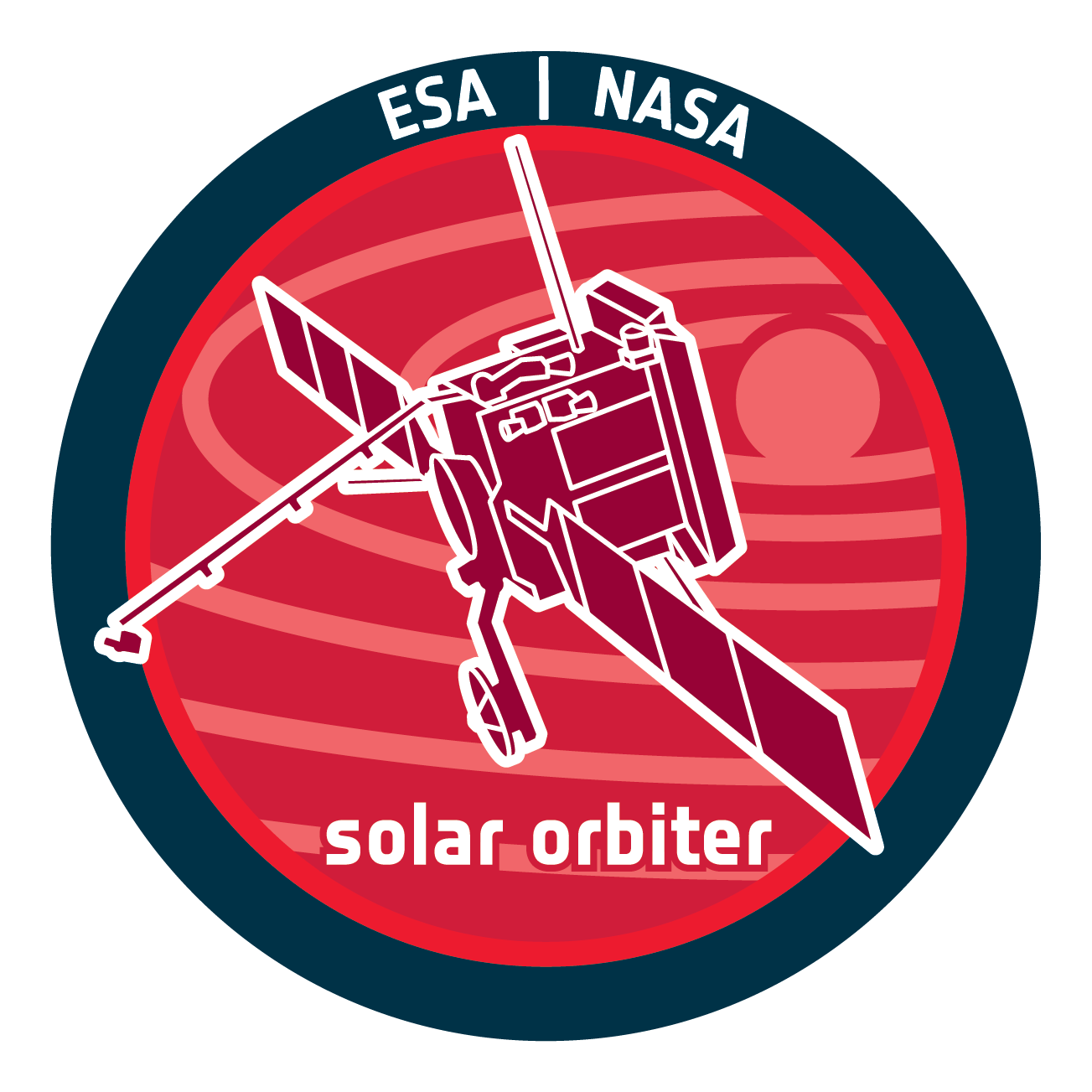Data Tutorials - Solar Orbiter Archive
Data Tutorials
Python data tutorials
-
At solar orbiter workshops
Multiple tutorials presented at solar orbiter workshops available here. -
Find time intervals when searching by distance
This Jupyter notebook uses the orbit file to calculate the time intervals when Solar Orbiter is within two distances from the Sun, in AU:
SearchByDistance_Intervals.ipynb -
Find number of files ingested per instrument
This notebook gives the number of files ingested into the database since a specific date:
DailyDigestByInstrumentAndLevel.ipynb -
Basic example to download data with sunpy-soar
Instructions to install sunpy-soar and basic python code snippet to download data from SOAR: here.
IDL data tutorials
UPDATE on 31 March 2025: the IDL links below are broken, B. Thompson has been contacted
The folllowing three scripts have been written by B. Thompson (NASA) and part of wide variety of IDL scripts available here.
- soar_search
IDL basic script to search data SOAR for file closest in time, available here. - soar_list
To search SOAR for files in time range, available here. - soar_get
To copy a file from SOAR, available here.
Solar Orbiter workshops tutorials
-
TUTORIAL FROM THE JOINT SOLAR ORBITER, PARKER SOLAR PROBE AND DKIST WORKSHOP, 9 APRIL 2024
-
TUTORIALS FROM THE SOLAR ORBITER WORKSHOP (BELFAST, SEPTEMBER 2022)
Link to GitHub, this is a repository to hold all the tutorial notebooks for the data analysis
day of the Solar Orbiter 8 Workshop. It includes:
- ConnectTool_tutorial
- EPD_tutorial
- EUI_tutorial
- MAG_tutorial
- Metis_tutorial
- PHI_tutorial
- RPW_tutorial
- SPICE_tutorial
- STIX_tutorial
- SWA_tutorial
- SolO-HI_tutorial
- sunpy_tutorial
-
TUTORIALS FROM THE SOLAR ORBITER NASA/GSFC WORKSHOP (24-25-26 OCTOBER 2023)
Presentations and link to tutorials:
- Sunpy tutorial - Laura Hayes
- Tutorial on PHI data - Jonas Sinjan
- Tutorial on SPICE - Tania Varesano
- Tutorial on elemental abundance: https://git.ias.u-psud.fr/nzambran/fiplcr, see also https://drive.google.com/drive/folders/1ozydprQAbHCSQXAAl_sdVTpWg58kZ1el - Natalia Zambrana Prado
Python code SNIPPET to get files
In what follows, a simple snippet of code from David Stansby is inlined so you can just copy and paste into your Python interpreter.
Here the instructions to install sunpy
https://docs.sunpy.org/en/stable/tutorial/installation.html#installing-sunpy
The following are the steps to run the code:
Get the sunpy-soar extension to sunpy. This is done via:pip install sunpy-soar
In the following example, MAG instrument 1 minute resolution RTN coordinates Magnetic field vector files available from 1 December 2020 to 5 Dec 2020 are downloaded to your file system. Put the following code in your Python interpreter.
===========================================
import sunpy_soar from sunpy.net
import Fido from sunpy.net.attrs
import Instrument, Level, Time from sunpy_soar.attrs
import Identifier # Create search attributes
instrument = Instrument('MAG')
time = Time('2020-12-01', '2020-12-05')
level = Level(2)
identifier = Identifier('MAG-RTN-NORMAL-1-MINUTE') # Do search
result = Fido.search(instrument, time, level, identifier)
print(result) # Download files
files = Fido.fetch(result) print(files)
===========================================
The "identifier"s that are available can be seen in the SOAR itself by querying on the different instruments and extracting the relevant information from the "Descriptor" column:

The "Level" identifier is L2.
The following example is identical to the previous but downloading EUI images:
===========================================
import sunpy_soar from sunpy.net import Fido from sunpy.net.attrs import Instrument, Level, Time from sunpy_soar.attrs import Identifier # Create search attributes instrument = Instrument('EUI') time = Time('2021-02-01', '2021-02-02') level = Level(1) identifier = Identifier('EUI-FSI174-IMAGE') # Do search result = Fido.search(instrument, time, level, identifier) print(result) # Download files files = Fido.fetch(result) print(files)
- Removed a total of (1) style display:none;








































 Sign in
Sign in
 Science & Technology
Science & Technology
